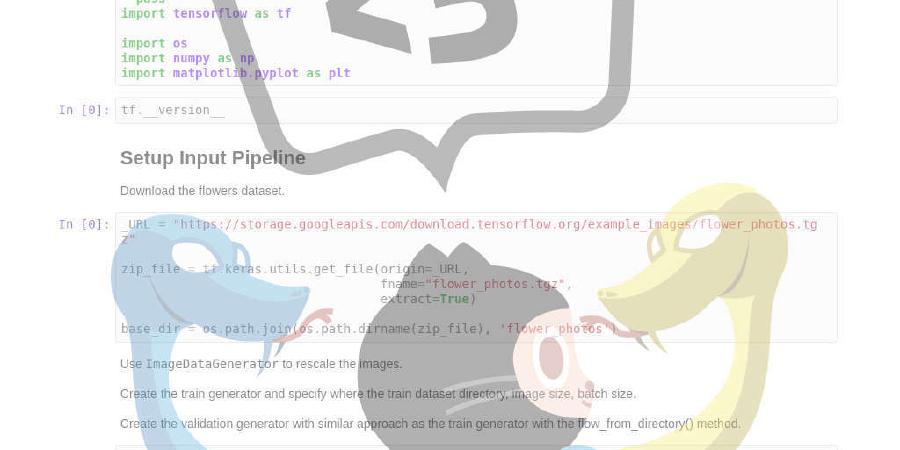Andrewnetwork/WorkshopScipy

A workshop for scientific computing in Python. ( December 2017 )
| repo name | Andrewnetwork/WorkshopScipy |
| repo link | https://github.com/Andrewnetwork/WorkshopScipy |
| homepage | |
| language | Jupyter Notebook |
| size (curr.) | 19921 kB |
| stars (curr.) | 396 |
| created | 2017-11-21 |
| license | MIT License |
Workshop: Scientific Computing in Python
Python is one of the most popular open source languages in history. There are more than 100,000 open source packages published on the official package index PiPy alone and many more projects in general. Under the banner of SciPy, there is a mature ecosystem of python packages for doing far reaching scientific analysis in python. In this workshop we cover a good number of the core packages and show you the door for further study. This workshop is accompanied by several interactive Jupyter Notebooks which illustrate different aspects of the SciPy ecosystem.
Workshop Notebooks
- Beginner MNIST - A TensorFlow tutorial on how to make a simple neural network for classifying MNIST digits.
- Exercise - Deriving the Quadratic Formula with SymPy - A tutorial on using SymPy to derive the quadratic formula.
- Exploring MNIST Manifolds - Exploring MNIST with Scikit-Learn by applying PCA and K-Means. Also has interactive components.
- Latex Essentials- Shows you the basics of using LaTex for typesetting and mathematical notes.
- Linear Regression - The Solution Space - Interactive components allow you to explore linear regression. Also shows how to do 3D plotting in matplotlib.
- Linear Regression - Gradient Descent - A tutorial on how gradient descent is used to find an optimal linear regression.
- Linear Vs. Non-Linear Functions - Shows how to plot in 2D and basic 3D. Also gives you an intuition of the difference between linear and non-linear functions.
- Matrix as a Function & Plotting Vectors - Shows how to plot vectors with Matplotlib and shows how a matrix can be thought of as a linear transformation. Uses a lot of Matplotlib.
- MNIST Probability Experiments 1 - Shows different experiments of computing various statistics on MNIST.
- Neural Boolean Connectives 1 - Shows a very simple single hidden layer neural network and how it can represent the XOR function. Also shows how it can represent AND.
- SymPy Basics - Shows you some fundamental features of SymPy.
- The Taylor Series - Uses SymPy to explore the Taylor Series. Also makes use of Matplotlib.
- Poke Pandas - A notebook using Pandas to analyze data about pokemon from the pokemon games.
Workshop Setup
- Download this Workshop’s Repo as a .zip file: http://bit.ly/2A6dTYp
- Unzip the workshop .zip in a place you can remember. ( Try Documents )
- Download Anaconda Navigator (AN) PYTHON 3.6 Version https://www.continuum.io/downloads
- Launch the root environment Jupyter Notebook server from the home tab.
- A browser should have opened up upon launching the Jupyter Notebook server. In that browser, navigate to the workshop folder you unziped.
- Click on setup.ipynb and follow the instructions.





